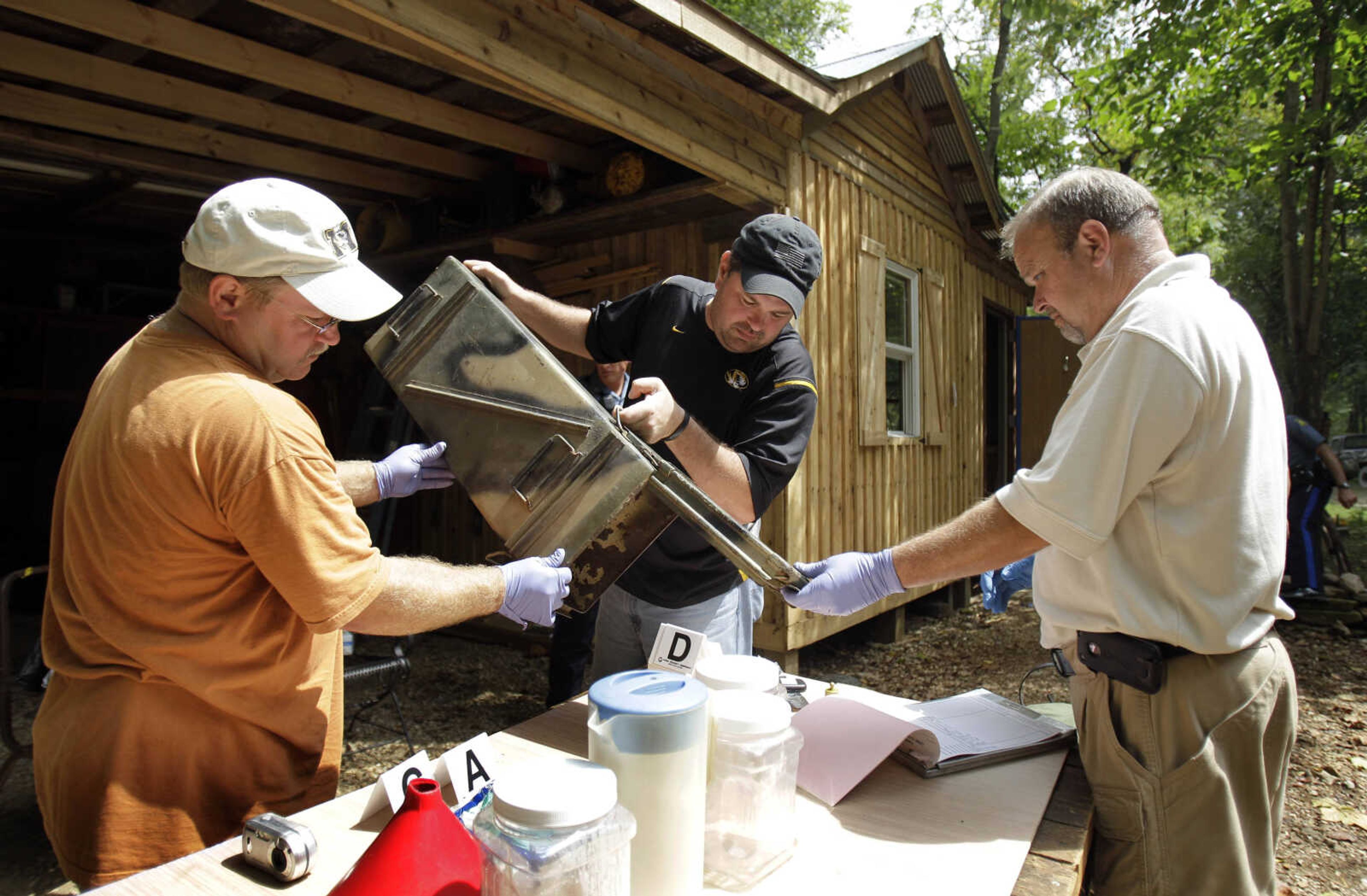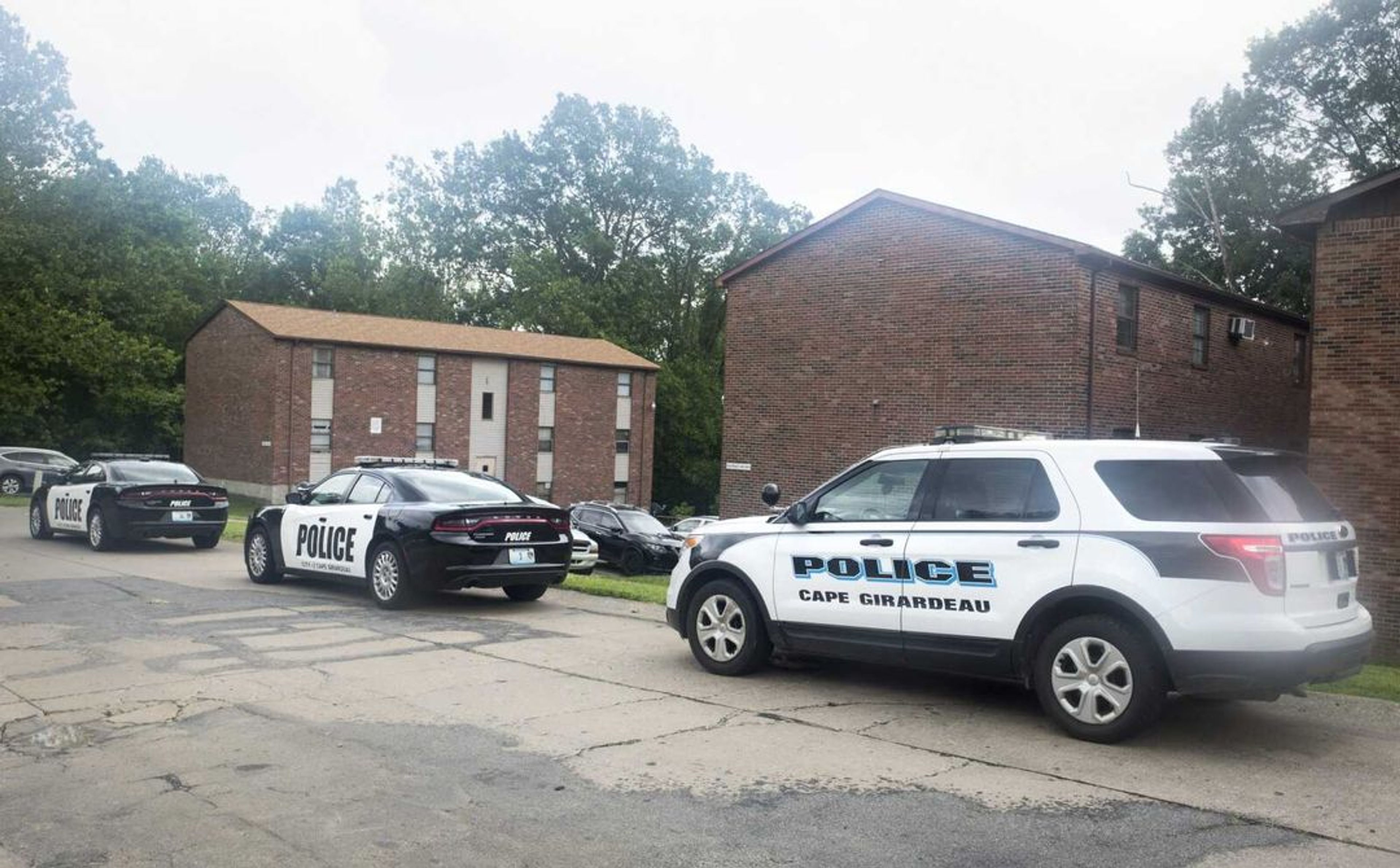Tennessee overtakes Missouri in meth lab seizure numbers
ST. LOUIS -- Missouri is not leading the nation in methamphetamine lab busts and seizures for the first time since 2003, according to figures released Tuesday.
ST. LOUIS -- Missouri is not leading the nation in methamphetamine lab busts and seizures for the first time since 2003, according to figures released Tuesday.
Tennessee had 2,082 meth lab incidents in 2010, said Tom Farmer, the state's meth task force director. That tops Missouri's total of 1,960. Most other states have not yet released 2010 figures, which could further shake up the rankings.
Missouri State Highway Patrol Capt. Tim Hull said Tuesday that the statistics the patrol reported Friday putting Missouri at the top for meth lab incidents were released by the El Paso Intelligence Center. The patrol reports all its lab incidents to EPIC, he said.
When it received the numbers last week, Tennessee had only reported 1,197 lab seizures, the patrol's news release said.
"It definitely could have changed if they got their reports in later," Hull said.
Farmer said his state also reports its lab incidents to EPIC but also keeps track of seizures in its own system.
"So which is right?" Farmer said. "Their numbers are correct for what they've got, but the most accurate numbers in my opinion are going to be with the state itself if they've got the mechanism to track the labs."
The Tennessee figure won't be confirmed until summer. Drug Enforcement Administration spokeswoman Barbara Carreno said numbers for national meth lab incidents won't be released until July because many states have not yet tallied them.
Farmer and Franklin County, Mo., officer Jason Grellner, former president of the Missouri Narcotics Officers Association, said colleagues in neighboring states say they'll report huge spikes in numbers.
Missouri saw a 10 percent increase in meth lab incidents over the 1,774 in 2009, but Tennessee's numbers jumped 41 percent, Farmer said. Meth lab incidents also jumped by nearly 300 in Indiana, to 1,395 in 2010.
DEA spokeswoman Barbara Carreno said it is clear that the number of meth lab seizures and busts will rise sharply again for the third straight year. Experts cite two reasons: the emergence of "shake-and-bake" meth and pill shoppers.
In the shake-and-bake production method, also known as one-pot, meth is made quickly in a 2-liter soda bottle.
"You think of a meth lab years ago with the Bunsen burners and beakers and all that stuff," Hull said. "Then we had people using the tops of stoves and regular cookware. Now, they're making meth in small plastic containers with duct tape in the backs of cars and trucks."
Over the past few years, governments have increasingly monitored and set limits on the sale of cold and sinus infection medicines containing pseudoephedrine, a vital meth component. In January, The Associated Press reported that an unintended consequence of those laws has been an increase in people being recruited to buy the pills through a process known as "smurfing."
"What we're seeing is these meth cooks are hiring people to go out to the store and buy the pills," Carreno said. "They may hire 20 to 25 people to shop for them. It's created a new criminal class." And some police say they are increasingly being forced to chase down the smurfers before getting to the actual meth makers.
"No question the smurfers are the key," Farmer said. "That is the fuel."
Last year, Mississippi joined Oregon as the only states with laws requiring a prescription to purchase pseudoephedrine products. More than 30 Missouri towns have passed prescription-only laws. Late last year, Gov. Jay Nixon, a Democrat, announced he would push for a statewide prescription law. State Rep. Dave Schatz, a Republican from Sullivan, submitted the bill last week with 64 co-sponsors.
Grellner believes the prescription laws in so many Missouri communities are making it harder to manufacture meth. He said at least a half-dozen other towns are considering prescription laws, too.
"I feel we're in a much better place than we've been in the past decade," he said.
Meth is often made with a dangerous combination of materials -- battery acid, fertilizer, drain cleaner. Hull said it is so addictive that many users are hooked after their first experiment with the drug. Meth users will often go to any length to get the money and materials needed for the next hit.
"You look at how it contributes to other crimes," Hull said. "And we see a lot of side effects like small children living in meth houses. Or you have a hunter or somebody taking a walk through the woods and they walk through a dump site. It affects a lot of people."
Farmer expects meth lab incidents may decline when 2011 numbers come out next year -- not because of progress in the battle but because of recently announced federal cutbacks in funding for meth lab cleanup.
"State and local agencies now are trying to figure out how to pay for it," Farmer said. "It's just a mess, an absolute nightmare."
Staff writer Erin Hevern contributed to this report.
Connect with the Southeast Missourian Newsroom:
For corrections to this story or other insights for the editor, click here. To submit a letter to the editor, click here. To learn about the Southeast Missourian’s AI Policy, click here.










